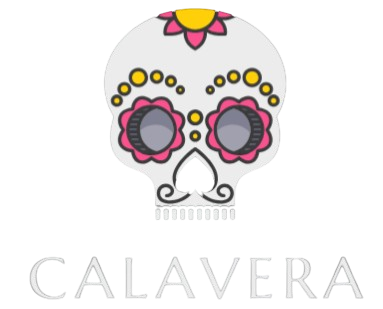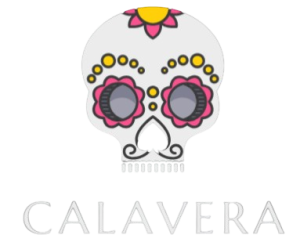Evening Program
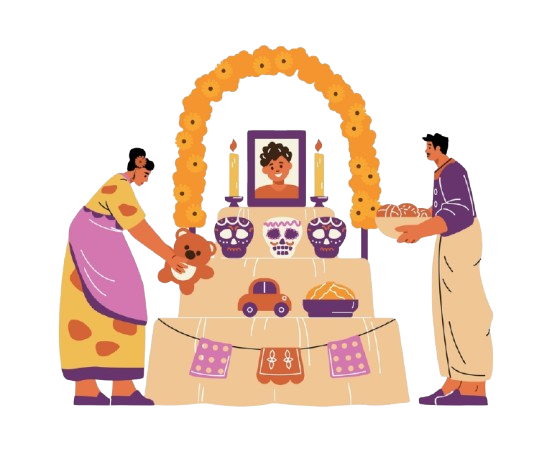
Ofrendas (Altars of Remembrance)
Families build beautifully decorated altars in their homes or cemeteries, filled with photos, candles, marigolds (cempasúchil), food, and the favourite items of their loved ones
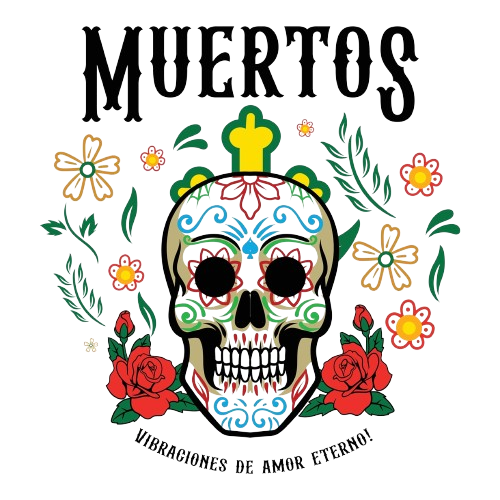
Calaveritas Literarias
Playful, satirical poems are written to humorously “mock” death, often imagining politicians, celebrities, or even friends being taken away by La Catrina
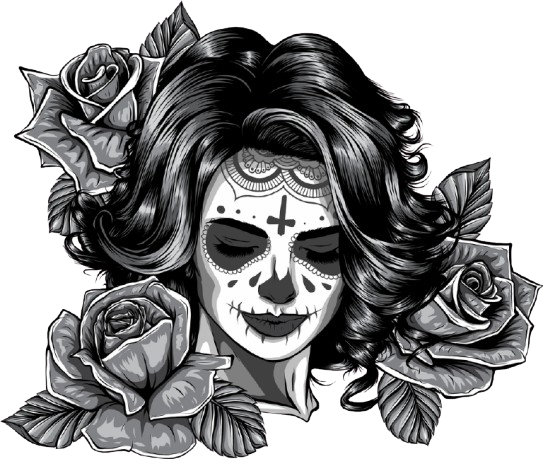
La Catrina Parades
Inspired by José Guadalupe Posada’s iconic La Catrina, people paint their faces as elegant skulls and join parades filled with music, dance, and costumes.
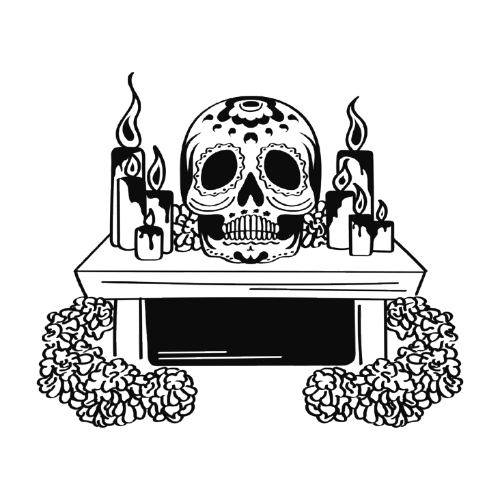
Candlelight Vigils
On the night of November 1st, families gather in cemeteries to spend time with the spirits of their ancestors. They light candles, share stories, play music, and eat together
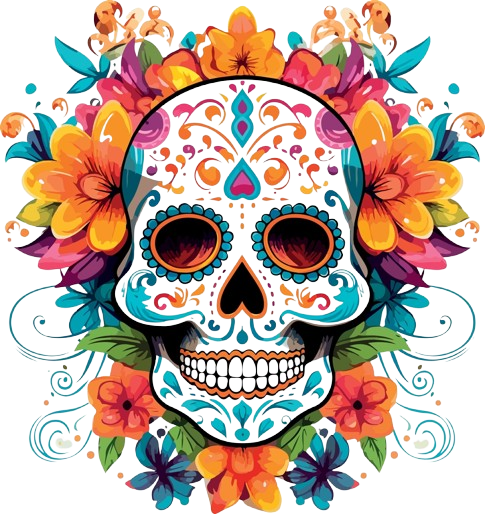
Music, Dance, and Street Festivals
Mariachi bands, folkloric dancers, and community groups perform in plazas and streets. It is a celebration of joy, where death is not feared but embraced as part of life’s cycle.
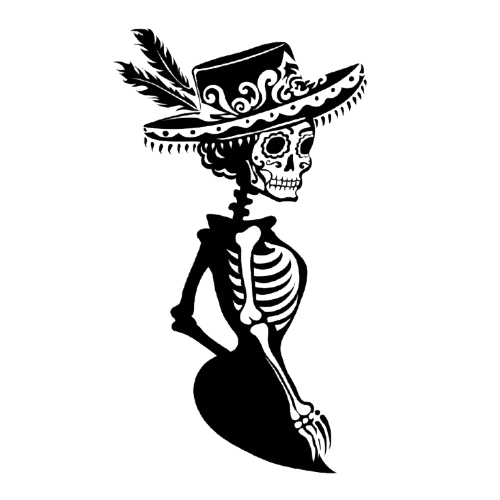
Artistic Expressions
om giant paper-mâché skulls to sand tapestries and colorful murals, art plays a central role in Calavera Day celebrations. Every piece carries symbolism honoring memory while showcasing Mexico’s creativity.
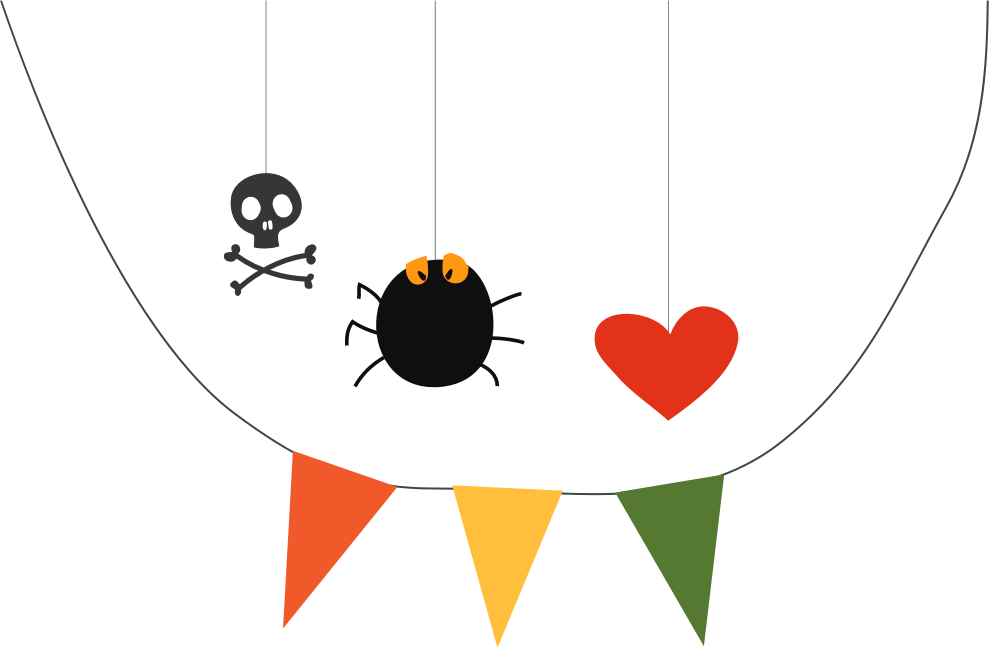

Ancient Symbol of Life and Death
The calavera’s roots go back to pre-Hispanic civilizations like the Mexica and Maya.

Fusion of Cultures
Indigenous rituals blended with Catholic traditions, and the calavera became central to Día de los Muertos
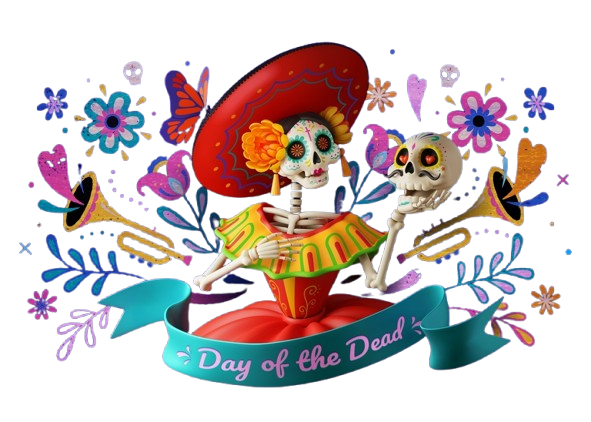
Satire and Resistance
La Catrina, and the playful calaveritas literarias mocked and reminded everyone of mortality’s equality.



Living Cultural Icon
Today, calaveras transcend death imagery: they are painted on faces in festivals, carved into crafts, inked as tattoos.
